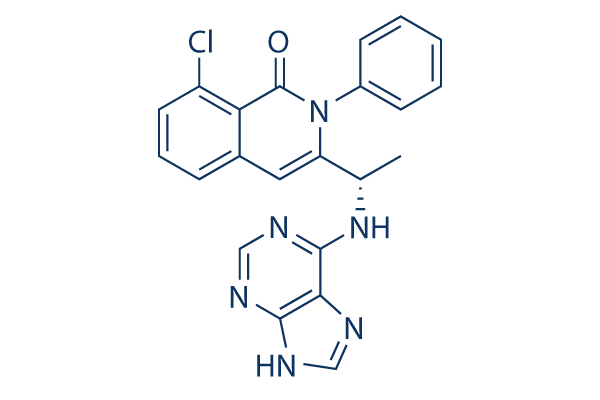In contrast, a short term therapy with rapamycin, which only inhibits mTORC1, didn’t influence the PDGF BB induced Akt phosphorylation. Even so, the ranges of Rictor weren’t impacted by rapamycin treatment method. You will find reports suggesting that mTORC2 Akt is often viewed as as upstream regulator of mTORC1 and its downstream substrate S6. We investigated if this really is the situation employing Rictor null cells. As is usually observed in Figure 1C, no lower during the PDGF BB induced S6 phos phorylation is seen in Rictor deficient cells in contrast to regulate cells, suggesting that mTORC2 Akt just isn’t up stream of mTORC1 S6. In contrast, each brief term treatment with rapamycin, or long term treatment effectively inhibited S6 phosphorylation, confirming the importance of mTORC1 for its phosphorylation.
To further confirm that Akt just isn’t necessary for S6 phosphorylation, we employed the Akt pathway inhibitor triciribine. Triciribine wholly abolished the PDGF BB induced Akt phos phorylation, but did not influence S6 phosphorylation. To conclude, mTORC2 inhibitor PTC124 is of leading value for Akt Ser473 phosphorylation along with the mTORC1 promoted phosphorylation of S6 just isn’t dependent on signaling by the mTORC2 Akt pathway. mTORC1 mediated phosphorylation of S6 is dependent upon PLD PLD continues to be proposed to contribute to mTORC1 action by making phosphatidic acid. To investigate the importance of PLD inside the activation of mTORC1 and 2, we taken care of cells with 1 butanol and that is a preferred substrate for PLD, hence reducing the production of PA. The secondary alcohol, 2 butanol, was utilized like a nega tive manage considering that PLD can’t use it like a substrate.
As proven in Figure 2A, the ability of PDGF BB to pro mote phosphorylation within the mTORC1 substrate S6 was reduced during the presence of 1 butanol, but not within the pres ence of two butanol. Importantly, phosphorylation of Akt, and that is dependent on mTORC2, was not reduced by 1 butanol therapy. Similar to NIH3T3 cells, we also uncovered that the one butanol treatment method attenuates CH5424802 S6 phosphorylation in Rictor null MEFs. Because PDGF BB induces both Ca2 influx and intracellu lar Ca2 release, and it’s been proven that Ca2 can regulate PLD activation, we investigated the effect of Ca2 chelators on PDGF BB induced S6 and Akt phos phorylation. We uncovered that chelation of extracellular or intracellular Ca2 by EDTA and BAPTA, respectively, the two effectively inhibited the phosphorylation of S6 constant using a part for Ca2 in PLD activation or subsequent mTORC1 activation.
Interestingly, we also observed that the PDGF BB induced Akt phosphorylation on Ser473 was inhibited by Ca2 chelation. In summary, these locating indicate that PLD signaling is critical for PDGF BB induced phosphorylation of S6 by mTORC1, and that Ca2 is central for Akt phos phorylation on Ser473  in response to PDGF BB.
in response to PDGF BB.
Mirna Synthesis
Many miRNAs are evolutionarily conserved, which implies that they have important biological functions.
